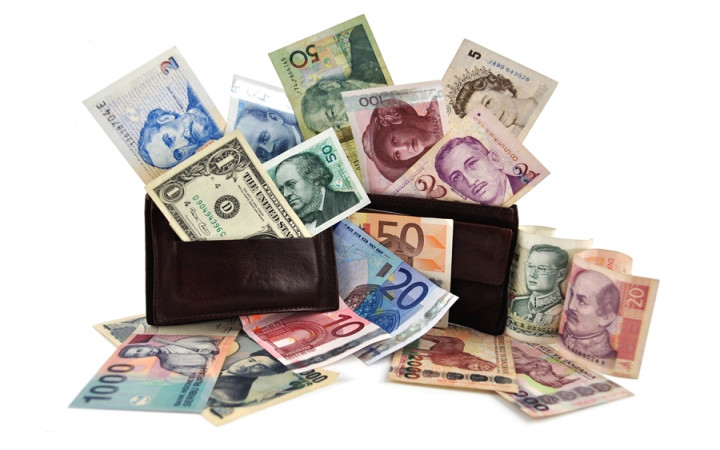What's your favorite time of year? For many kids, the answer is Christmas. It's the time of year when good little boys and girls receive presents they've been wanting all year long.
But why wait until Christmas? If you want that new bike, skateboard, doll, or tablet computer, why don't you just buy it? If you're like most kids, the answer probably has something to do with a little thing we call money.
Before we take a closer look at where money came from, let's first figure out exactly what money is. Of course, when you think of money, you probably think of dollar bills and coins, such as nickels, dimes, and quarters. But is that all money is?
Economists define money as anything commonly accepted by people for the exchange of goods and services. Although every country has its own system of coins and paper money, other things can also often be used as money.
For example, farmers may with each other, trading a certain number of animals for certain products or services. In that case, animals would be used as money!
In fact, bartering was the way people exchanged goods and services from the earliest days of human beings on Earth. If you grew rice, for example, you could trade bags of rice for the other goods and services you needed.
Over time, though, bartering wasn't always possible. Sometimes people couldn't agree on what goods were worth in exchanges. In other situations, people simply might not want to trade for what you had available. These situations led to the development of commodity money.
Commodities are basic items used by almost everyone. In the past, popular commodities included salt, tea, cattle, and seeds. Using these items of money alleviated some of the problems of bartering. However, using commodities raised other problems. Commodities weren't always easy to transport and often they were perishable or difficult to store.
These issues with commodities led people to create coins out of precious metals to use as money. No one knows for sure who first invented such money, but historians believe metal objects were first used as money as early as 5,000 B.C.
Around 700 B.C., the Lydians became the first Western culture to make coins. Other countries and civilizations soon began to mint their own coins with specific values. Using coins with set values made it easier to compare values and trade money for goods and services.
Eventually, societies moved away from using precious metals to make money. Known as representative money, the new paper bills and coins made of non-precious metals represented certain values that everyone in those societies could agree upon. Governments or banks would promise to exchange representative money for a specific amount of silver or gold.
Today, most modern currency is not backed by silver or gold. Instead, today's money is known as fiat money. Fiat is a Latin word that means “let it be done." Money has a certain value today because it was given that value by government fiat or decree. Legal tender laws now make it illegal to refuse legal currency in favor of some other form of payment.
The first paper money issued in the United States occurred on March 10, 1862. The $5, $10, and $20 bills issued were made legal tender by an act of Congress on March 17, 1862.




